I visited Seodaemun Prison History Museum last fall on a dreary day, a fitting backdrop for this somber attraction. The prison, originally called Gyeongsong Gamok, was constructed in the early 1900s during Japanese colonial rule and was used to house political prisoners and those thought to be against the Japanese occupation of Korea. The most serious offenders were tortured and executed at Seodaemun as well. After Japanese colonial rule ended following their defeat in World War II, the Korean government continued to use the facility until 1987 when it was moved out of the city. Five years later, in 1992, the site became a museum dedicated to those who were imprisoned or lost their life in the name of freedom and peace.
The museum consists of exhibitions and recreations inside the actual prison buildings, and also includes the grounds. After paying a modest entrance fee (1,500 won, about $1.50US), I entered the main exhibition hall. The first few rooms gave an overview of the prison and the history of the Japanese rule of Korea. To be completely honest, I never knew Korea had been a Japanese colony until I started researching teaching in the country a couple of years ago. And I was a history major (shortcomings of the American education system?). Embarrassing. Though obviously biased toward the Korean viewpoint, this historical background, which included great pictures and graphics, was extremely informative and helped me put everything I saw that day into context.
The second floor is not for the faint of heart. I found myself surrounded my images of violent torture. Tiny boxes with nails pointed inward that prisoners were forced into and then shook. Chains. Hanging devices. Forms of water torture that make water boarding look pleasant. No amount of civility was paid to these prisoners, apparently.
Visitors are given almost free reign to meander between the red brick buildings and explore the grounds of Seodaemun Prison, and after my experience in the hall of horrors I did just that. The seven cell buildings, which were designed to hold up to 500 inmates, are scattered around and their small size make it almost impossible to believe that almost 3,000 prisoners were held here during the most tension filled times. One of the saddest parts of the grouns is the Wailing Poplar Tree located next to the execution chamber. Legend days that prisoners would grab onto this tree as they were being led to their execution, wailing for the independence they fought for that still hadn’t been achieved.
My last stop was a visit inside a cell block. Small, grey doors line each side of a long, narrow hallway. These doors are the entrances to the cells were the thousands of prisoners were held. You can actually open the doors and go inside the different cells. Standing where someone had been imprisoned was a harrowing reminder of this dark time in Korea’s history.
I’ve it before (and I’ll probably say it again), but I’m a huge proponent for the so called “darker” tourist sites. Partially because many of them are the most historically interesting to me, but also because they can help educate travelers on the history of this new place they find themselves in and maybe gain a better understanding of the people living in this place. Most importantly, I support visits to these sites because they serve as a memory of the horrible things have happened throughout history and hopefully by reminding enough people they will help stop atrocities like this from happening again.
How to get there: Take Line 3 to Dongnimmun Station. Got out Exit 5 and it’s an extremely short walk from there with easy to follow sign postings to guide your way.
If you haven’t already, please ‘Like’ Farsickness on Facebook and stay up to date on all my travels and posts! Your support is greatly appreciated.

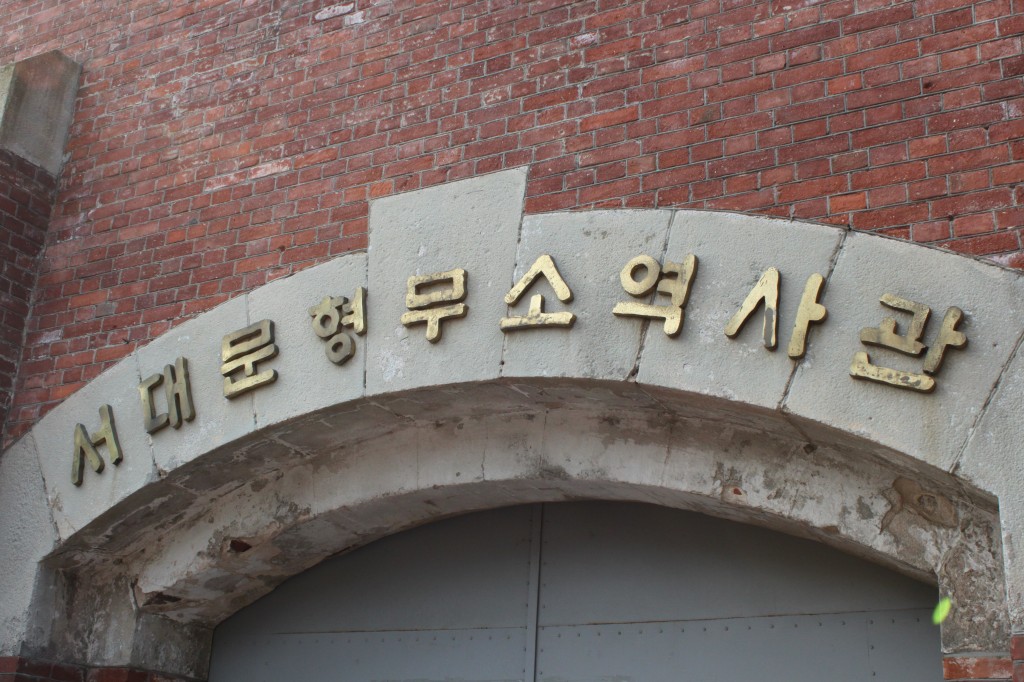
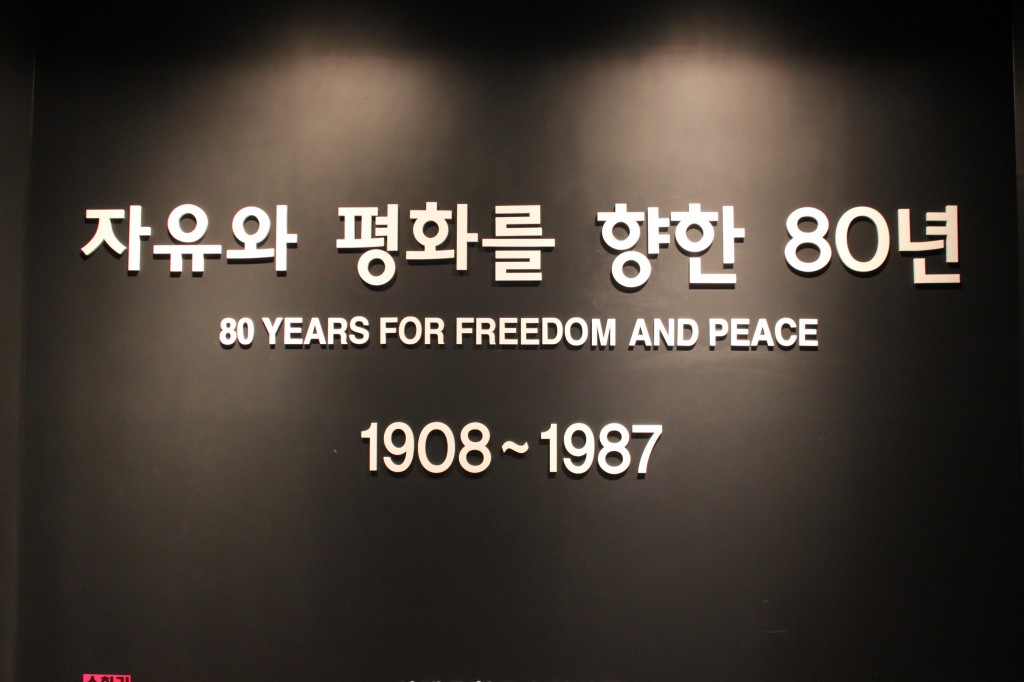

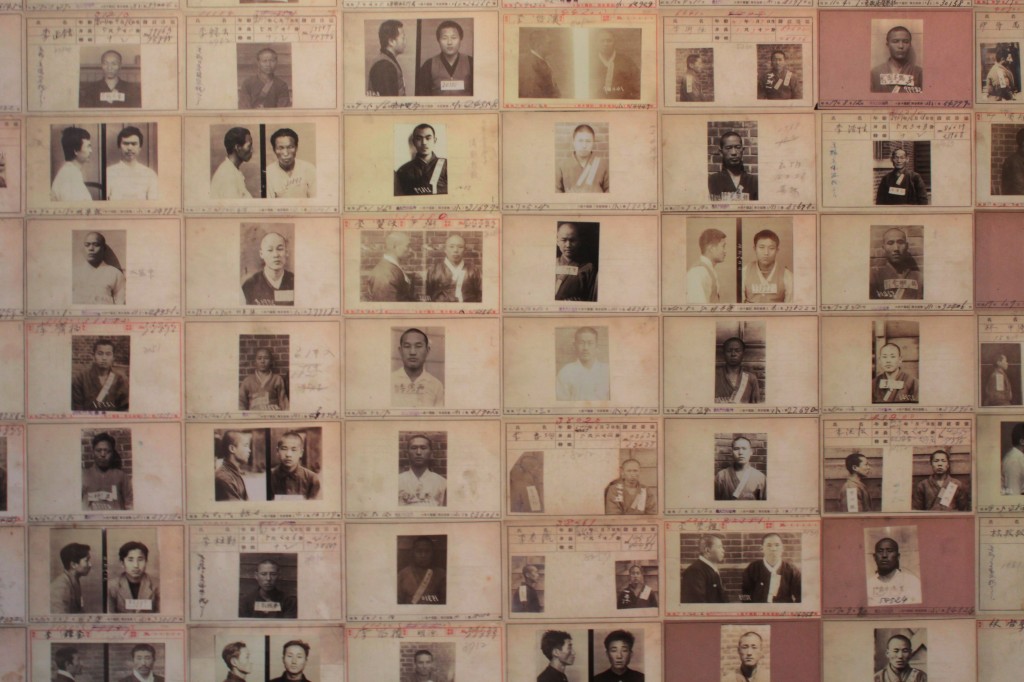
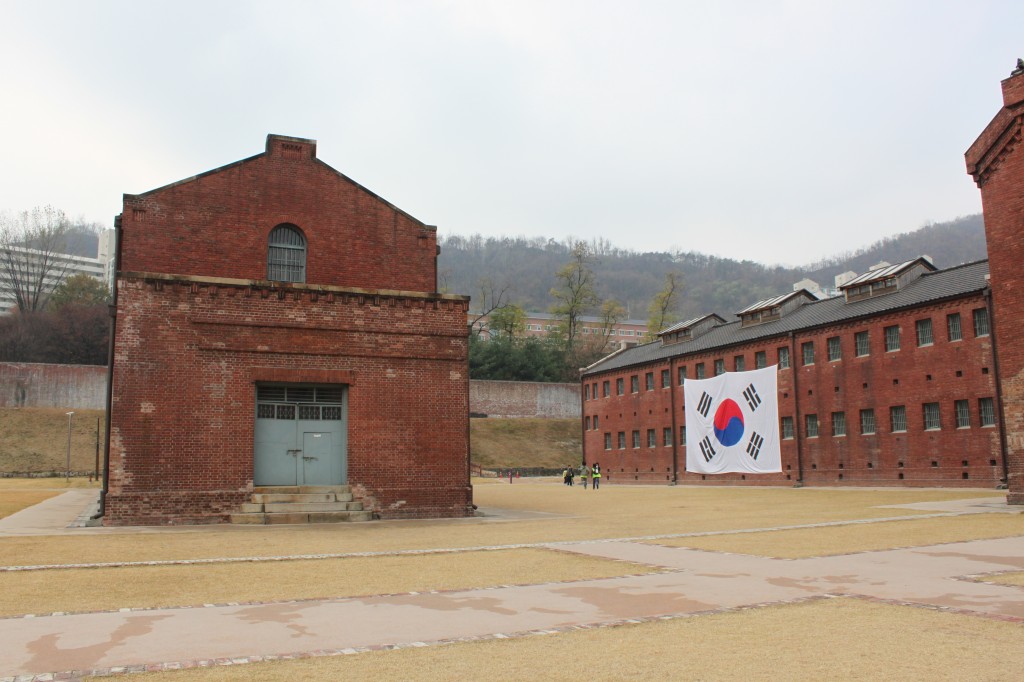
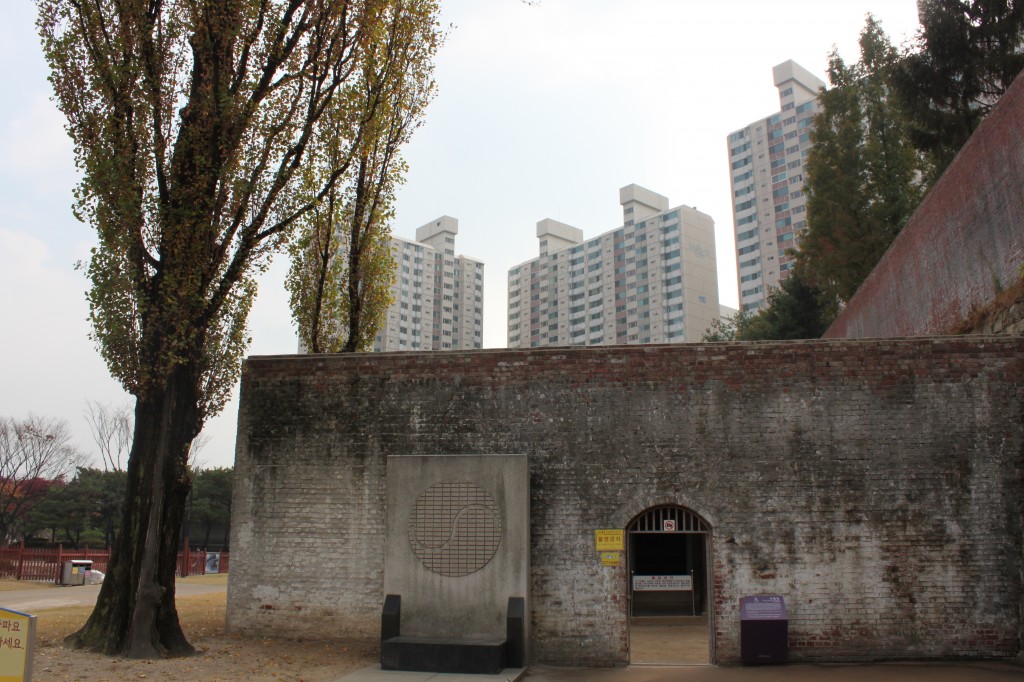
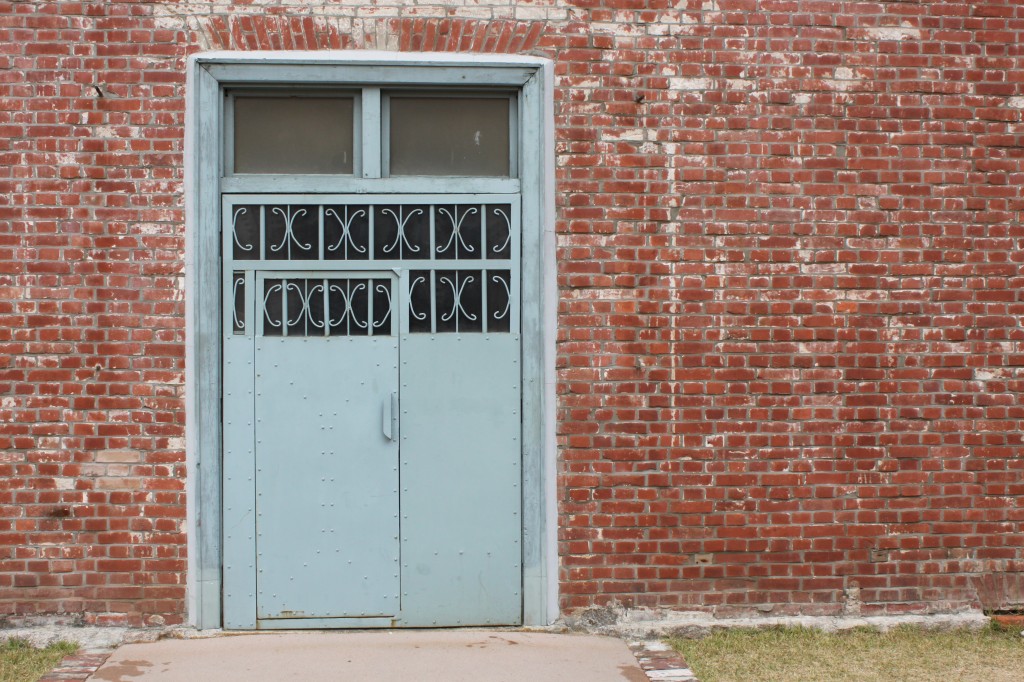
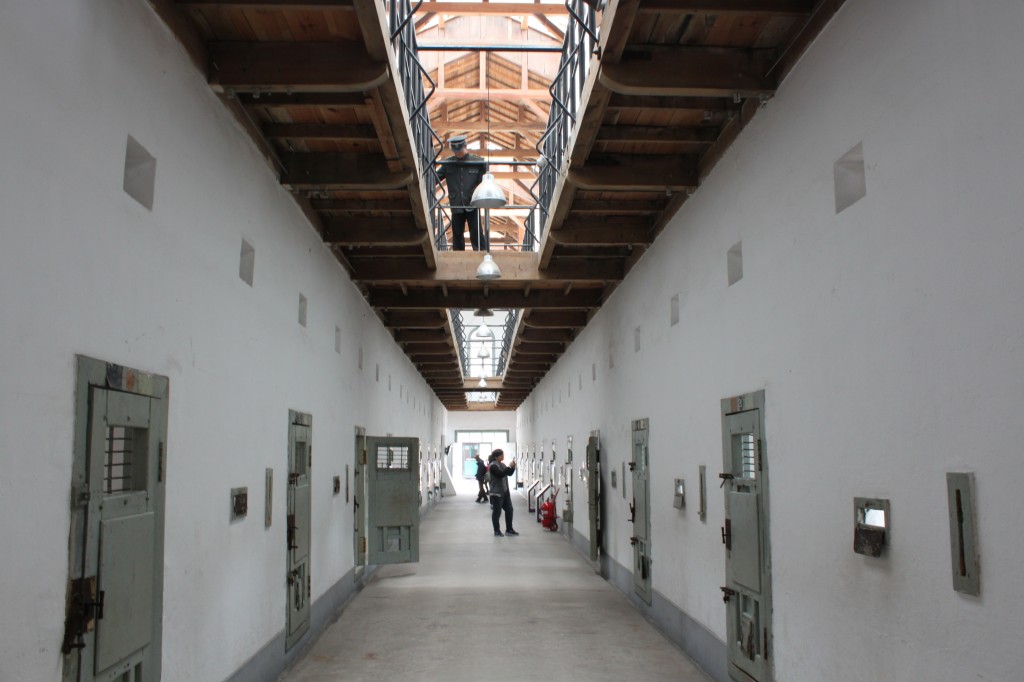




Hey Amanda! I’m planning to go here during my trip to S Korea. How much time do you recommend I leave in my itinerary for this stop?
Hi Barbara! I’d leave maybe 2-3 hours. Enjoy!